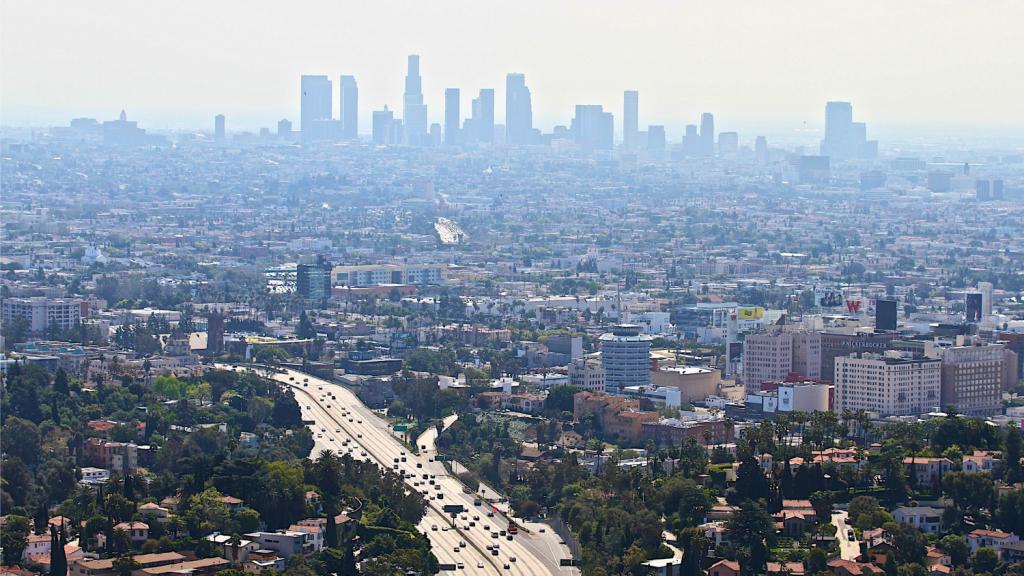We tend not to bring up one of the most unpleasant consequences of climate change, speaking strictly day-to-day, because it’s one we don’t like to talk about in general.
Sweat.
Sweat in the morning, sweat in the evening. Sweat indoors and out. Sweat in places of your body you weren’t even previously aware of. You know this sweat.
Anyway: We try not to talk about it or think about it, probably because sweating is miserable! There’s no quicker or more wretched way to remind oneself that to be human is to be trapped in 100+ pounds of meat for all of your living days. But there’s a lot of bodily moisture (shoot me, please) to look forward to as parts of the U.S. get warmer, and as more and more confused people choose to move to those parts of the country.
Behold your future, courtesy of a study in Nature Climate Change:
Between 1970 and 2000, the U.S. averaged about 2.3 billion person days of extreme heat each year. But between 2040 and 2070 that number will be between 10 and 14 billion person days a year, according to the study.
The biggest projected increases in person days is the Texas, Oklahoma, Louisiana, Arkansas census region where by mid-century heat exposure will increase by 2.7 billion person days. Right behind is south Atlantic region of Florida, Georgia, South Carolina, North Carolina, Virginia, West Virginia, Maryland, Delaware and Washington, D.C., where heat exposure is projected to increase by 2.2 billion person days.
That’s an increase of 400-600 percent in Americans’ exposure to extreme heat. Extreme heat is defined, for the record, as temperatures in excess of 95 degrees Fahrenheit.
In the future, we are all Marissa Cooper, gently perspiring and weeping in a Tijuana bar:
[youtube https://www.youtube.com/watch?v=DtEo5iSxhJ0]


